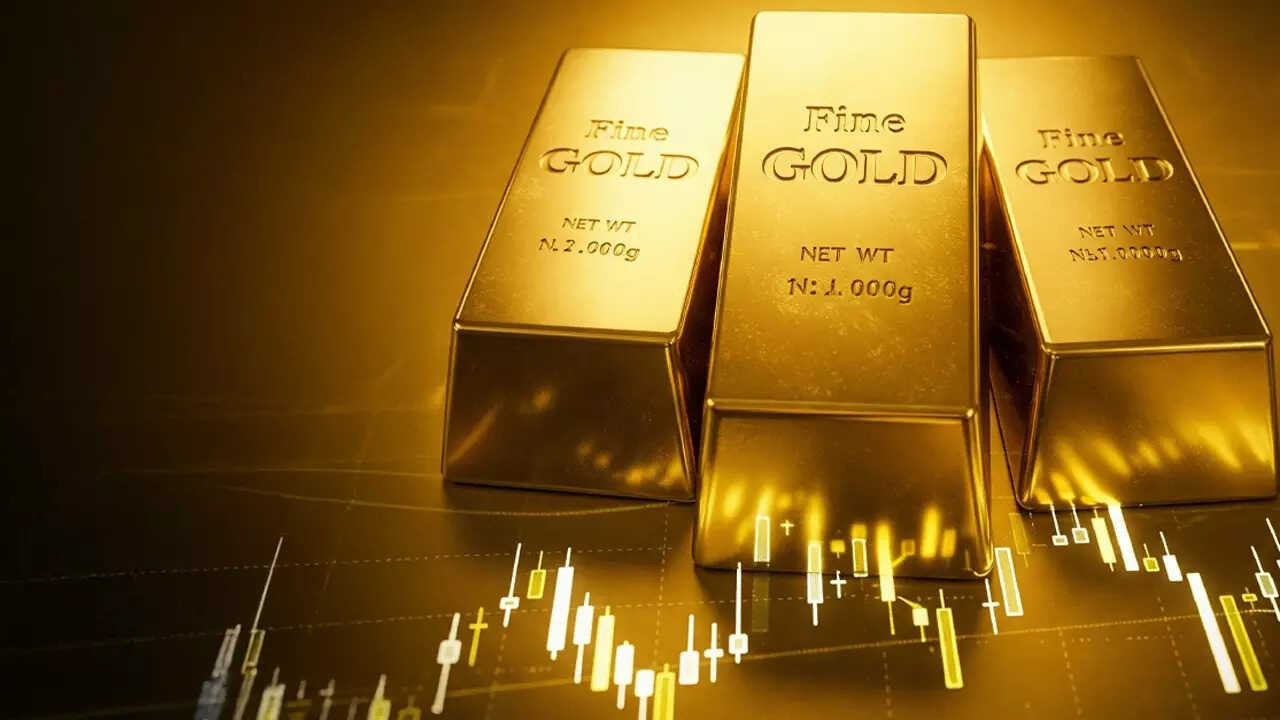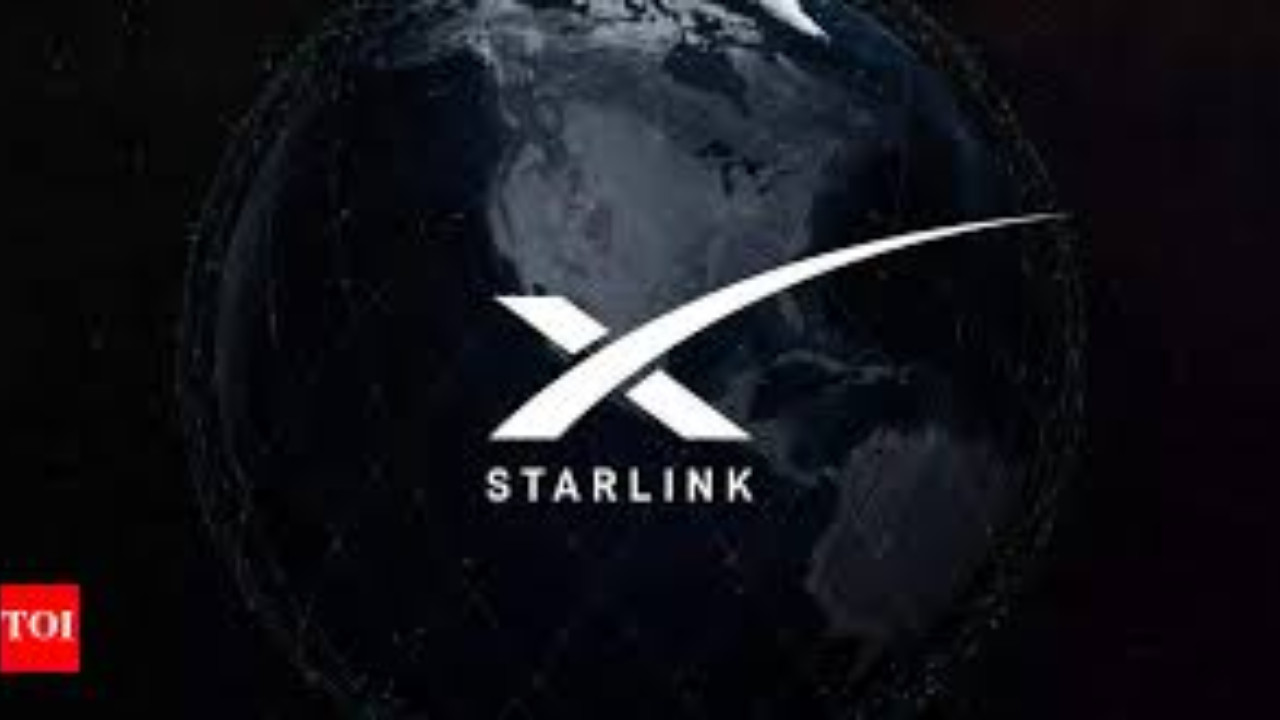China’s rare earth magnet exports experienced a significant resurgence in July, reaching a six-month peak of 5,577 metric tons. This rebound, a nearly 75% increase from June, signals a return to pre-export control levels, driven by eased restrictions and agreements with the US and Europe.
Shifting Sands: A Closer Look at China’s Rare Earth Exports
The rare earth market – a sector often shrouded in geopolitical significance – is showing some interesting movement. July saw a dramatic surge in China’s rare earth exports, jumping a remarkable 75% to reach a six-month peak. This isn’t just a blip on the radar; it represents a significant shift in the global supply chain, with implications stretching across industries and continents. Let’s unpack what’s driving this change and what it might mean for the future.
For years, China has held a dominant position in the global rare earth landscape, controlling a substantial portion of both mining and processing. These elements, crucial for everything from smartphones and electric vehicles to wind turbines and defense systems, have become pawns in international trade dynamics. Supply chain disruptions over the last few years, stemming from both geopolitical tensions and global events, have amplified concerns about over-reliance on a single source.
But July’s export figures paint a more nuanced picture. The surge suggests a possible easing of previous restrictions, or perhaps simply a response to pent-up demand in key markets. Shipments to the US and Europe, in particular, have rebounded, indicating that despite efforts to diversify supply chains, these regions still heavily rely on Chinese rare earth elements. This rebound could reflect a temporary measure to fulfill immediate demand or a complex interplay of factors including pricing advantages, availability, and specific material requirements not easily met elsewhere.
Demand and Drivers: Why the Sudden Spike in Rare Earth Exports?
Several factors could be contributing to this export boom. A key driver is undoubtedly the increased demand for electric vehicles (EVs) and renewable energy technologies. Rare earth elements are essential components in EV batteries and permanent magnets used in wind turbines. As global adoption of these technologies accelerates, the demand for rare earth materials will inevitably grow. China, with its established processing capabilities, is well-positioned to meet this demand, at least in the short term.
Another possibility is that Chinese manufacturers are ramping up production to meet existing order backlogs. Production delays or disruptions in the preceding months could have created a bottleneck, leading to a concentrated surge in exports in July. It’s also plausible that recent policy changes in China have influenced export volumes. Modifications to export quotas or tariffs could have incentivized increased shipments, aiming to stabilize the sector and meet internal economic goals.

The Geopolitical Game: Implications for Global Trade
The surge in rare earth exports from China comes at a sensitive time in global trade relations. With ongoing trade tensions and concerns about national security, many countries are actively seeking to diversify their supply chains and reduce their dependence on China for critical materials. The US and the European Union have both announced initiatives to bolster domestic rare earth production and processing capabilities. However, these efforts take time and significant investment.
The July export figures suggest that, despite these diversification efforts, the world still relies heavily on China’s rare earth supply. This dependence gives China considerable leverage in international trade negotiations and highlights the vulnerability of industries that rely on these critical materials. The question now is whether this surge in exports is a temporary phenomenon or a sign that diversification efforts are falling short of their goals.
Long-Term Outlook: Will Diversification Succeed?
Looking ahead, the future of the rare earth market remains uncertain. While China’s dominance is undeniable, the push for diversification is gaining momentum. Australia, the US, and other countries are actively investing in rare earth mining and processing projects. Technological advancements are also playing a role, with research focused on developing alternative materials and more efficient extraction methods.
Ultimately, the success of diversification efforts will depend on several factors, including sustained government support, technological innovation, and the ability to create competitive supply chains outside of China. The July export surge serves as a reminder of the current state of play and underscores the urgency of pursuing these alternative strategies. While reducing reliance on any single nation for critical materials is a complex undertaking, it’s vital for ensuring long-term economic stability and national security. This diversification is also key for related industries like semiconductor manufacturing, requiring raw materials.
The shifting dynamics in the rare earth market demand careful monitoring and strategic responses. While China’s recent export surge may offer short-term relief to industries dependent on these materials, it also underscores the importance of proactive measures to build more resilient and diversified supply chains for the future.







